From the threat of global annihilation for some of the world's biggest players to redemption and the promise of a brighter future. From the release of the world's cheapest car to the latest versions of some of the world's most expensive marques. And from Green to Blue, everybody was getting on the eco bandwagon.
Even in the volatile world of automotive manufacturing, 2009 has been an adrenaline-fuelled roller coaster. As the year winds down, the Carsguide team takes a look at some of the more extraordinary, exciting and promising moments and happenings that made up the year just gone.
The Global Financial Crisis
There was no hiding from the effects of this one. While every company across the world felt the shift it was the Big Three Americans that took centre stage. Chrysler, Ford and General Motors were all facing obliteration in the face of skyrocketing debt, poor sales and — many claim — even worse company practice.
Ultimately all three have survived to fight another year with GM taking the most amazing journey into Chapter 11 bankruptcy and out the other side within weeks as a re-financed, re-organised and far more tightly-controlled business unit.
One of the global sidelights was Porsche playing the markets in a brazen bid to buy the giant Volkswagen Group, before being award an honours degree in hubris when VW, tired of the silliness and bought the iconic sportscar manufacturer instead.
For Australia the year started out looking like an unmitigated sales disaster but will finish higher than any of the major players had dared dream about. There is no doubt that the auto-specific benefits in the Federal Government's incentive package of tax benefits and buyer bonuses driven by local manufacturers Holden, Ford and Toyota have played a major role in the buoyancy of the local new car market.
The Chinese invasion
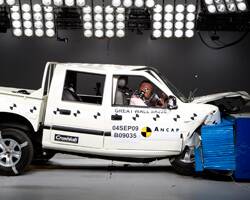
The on-again, off-again launch of Chinese cars into the Australian market was finally resolved this year with the arrival of the first Great Wall products, a pair of bargain utes. As foreshadowed by critics the utes scored a poor two-star safety rating in crash test but still sold reasonably well on their basement pricing. The first of the passenger models, an SUV based on the same platform, is also in the market and there is much more to follow. Like the Korean cars of 20 years ago the Chinese models lag way behind their competitors on many fronts but they will improve quickly and they are here to stay.
Safe and Sound
Not before time and with the shadow of government mandates looming the car companies that have been dragging their feet on arguably the most significant safety advance since the seatbelt, electronic stability control, are seeing the light. No longer just for the benefit of buyers of luxury cars ESP or whatever the acronym is used will be a standard component of every new car sold in Australia within a couple of years. A worthy epitaph for 2009.
Show time
Finally, common sense prevailed between the warring motor show factions in Australia and the decision was made to have one gala Australian International Motor Show a year alternating between Sydney and Melbourne. There is still a little tidying up needed around the edges — a common date and Sydney getting away from Darling Harbour and out to the Homebush Bay precinct would be good but the future looks bright.
Shiny and New
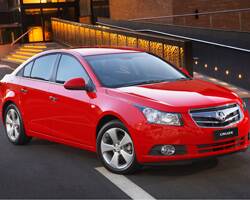
There may have been an economic crisis but that didn't stop the roll-out of another bumper crop of new models.
Holden can rightly claim the biggest surprise of the year with their Korean-made Cruze sedan. The mid-sized sedan has been a runaway success, stunning even the GM marketeers who had no idea of the level of acceptance the little car would enjoy.
Suzuki set a benchmark with the tiny Alto, bravely opening up the batting in the sub-micro segment where several other manufacturers are planning to venture in the coming months. The Alto's hero act came during the Global Green Challenge drive from Darwin to Adelaide when the 3-cylinder petrol car dropped into 2L/100km economy on the final city stage.
There was plenty of noise during the year as well on the electric car front with Mitsubishi ploughing ahead with plans to have the i-Miev available in limited numbers in 2011. Hybrids also gained further traction with pioneers Toyota unveiling the latest generation of its Prius and rolling out the first of its locally built hybrid Camry. Honda is aiming at having its hybrid Insight available next year while Hyundai is also exploring the mild electric pathway.
Globally, Indian manufacturer Tata gave the world the modern answer to the VW Beetle, the tiny Nano people's car with a price tag of around $3000. Plans are already under way for the car to be sold in Europe and possibly Australia.
In the world of mainstream motoring VW's Golf has dominated the awards season with win after win around the world, while at the top of the market a couple of the world's most focussed sports car manufacturers felt the need to add some extra seats with Porsche's Panamera and Aston Martin's Rapide following Maserati into the four-door luxury sports market.
Rev Me Up
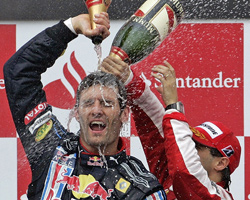
Mark Webber's win in the German Grand Prix at the famous Nurburgring — the first for an Australian in 28 years — saw a monkey bigger than King Kong climb off the Queanbeyan racer's back. In a scenario not unusual for any Australian overseas, Webber has not only had to overcome average teams and even more average cars but a good percentage of his home fans nay-saying his ability after 131 F1 starts without a win. Just to prove it wasn't an accident, he backed it up by winning in Brazil towards the end of the year.





.jpg)
.jpg)



.jpg)
.jpg)

.jpg)


.jpg)


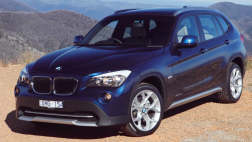



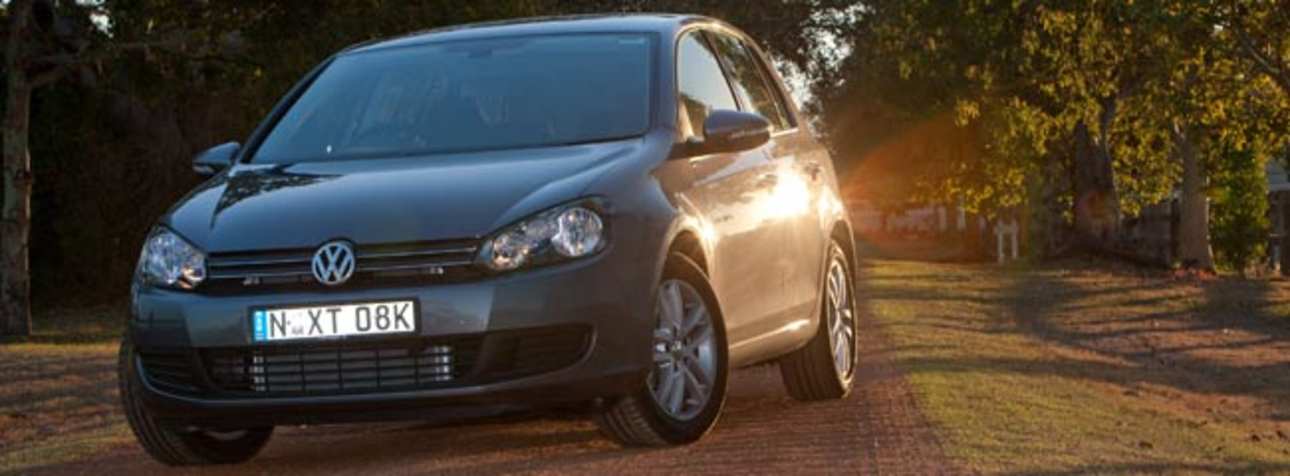





Comments